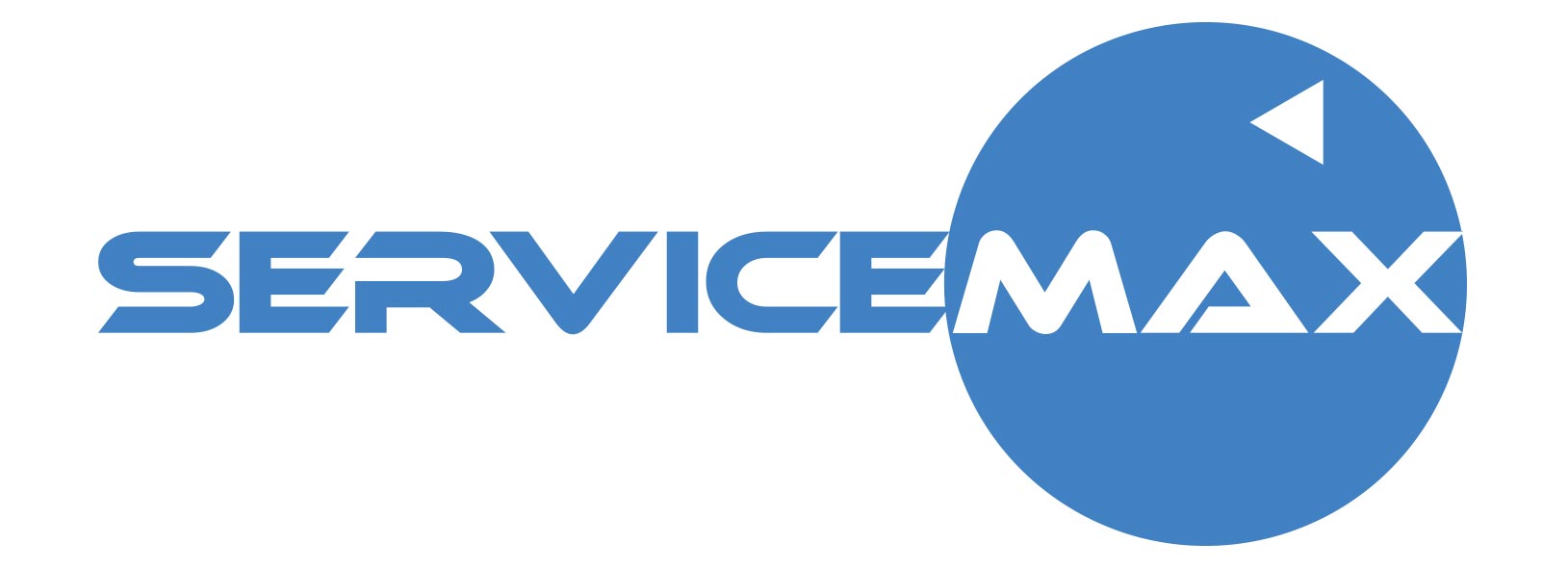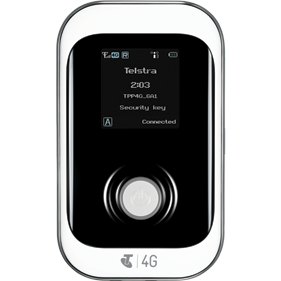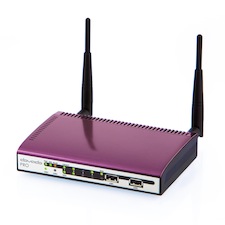What do you do when your internet connection goes down? Do you sit and twiddle your thumbs until it comes back up? Or do you realise how much it is costing you in lost productivity and yell at people until something is done?
Recently my ISP (who shall remain nameless) caused me a great deal of heartache and a few more grey hairs by disabling my internet connection when I was trying to get an upgrade. That’s right- I went from dreaming of unicorns and hi speed connections to the soup Nazi saying ‘no internet for you!’
If you just have 1 machine and an iPhone, the decision is easy, just go to Settings/Personal Hotspot and turn it on (but see here about why you don’t want your iPhone to choose the password). However if you have a network like us with several servers running business critical apps, the way forward is a little bit harder.
What to do? Mobile Broadband was the obvious answer, so I went and bought a device that had WiFi and USB. Technically it’s a ZTE MF91. However it’s not ideal because it will only share the WiFi connection with up to 10 devices and has no Ethernet port.
The solution turned out to be a bit slapped together, but don’t worry, I have a better one listed below! I picked up an old Mac Mini that was just about to head to eBay, connected it to the MF91 and downloaded and installed a crufty old piece of software called IPNetRouter from Sustainable Softworks. It has a 14 day trial version, so hopefully your connection won’t be down for too long! The main reason for needing IPNetRouter was because if you use the built in ‘internet sharing’ feature of Mac OS X it chooses it’s own DHCP range, which is not ideal. If I had a server running 10.6.8 or newer I could set the range but didn’t feel like going through the hassle of installing. It’s also possible to edit the DHCP range by editing a .plist file, but I’m old school- I like GUI’s.
The ‘Best’ solution is to buy a router from a company called Dovado and combine it with a USB modem. The MF91 doesn’t really qualify as a modem here because it has a built in router which is not desirable for this setup. It also means that when 5G mobile broadband is announced, you merely have to go out and buy a new modem, and can keep the router….. It’s also not a bad idea to get an external aerial– these can greatly improve your connection speeds.
Things to be aware of-
- Some mobile broadband providers have their devices on a private network, and you can’t run services (web server etc) from these connections
- It’s expensive. Topping up a Telstra prepaid account with 12GB of downloads and a 365 day expiry is $180 currently
- It’s not as reliable as a wired connection
- You should test your setup before there is a problem, as little things like DHCP can be a big problem if they go wrong. My network uses an unusual numbering scheme, and I wasn’t looking forward to renumbering everything just for a temporary outage.
So there you have it. If you’d like to investigate your options around a backup internet connection, please contact us and we’ll help out!



